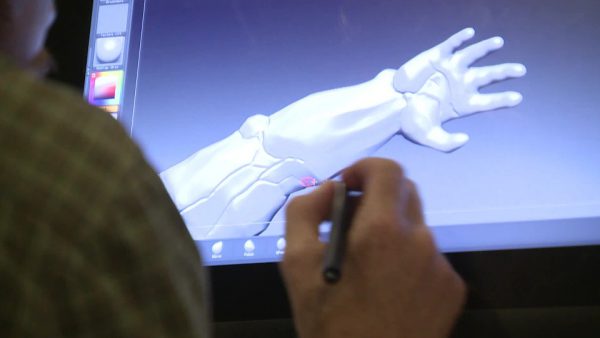
What is a Concept Artist?
A Concept Artist is a designer who visualises and creates art for characters, creatures, vehicles, environments, and other creative assets. Concept art is used to visualise ideas so that Modellers, Animators and VFX Artists can make these ideas a reality, ready for production.
What is the job?
The role of a Concept Artist involves getting the project started by imagining and sketching characters and worlds that don’t yet exist across film, animation, VFX, video games and advertising. You’ll have to apply imagination and artistic skill to create images of people, creatures, places and moods.
A Concept Artist has the opportunity to work across many areas of visual media, such as animation, comic books, and films. Any project involving a visual story will likely require a Concept Artist. You can choose to specialise in one area of concept art, such as character (producing mainly human characters), creature (illustrating non-human characters) or environmental (creating detailed scenes and worlds).





